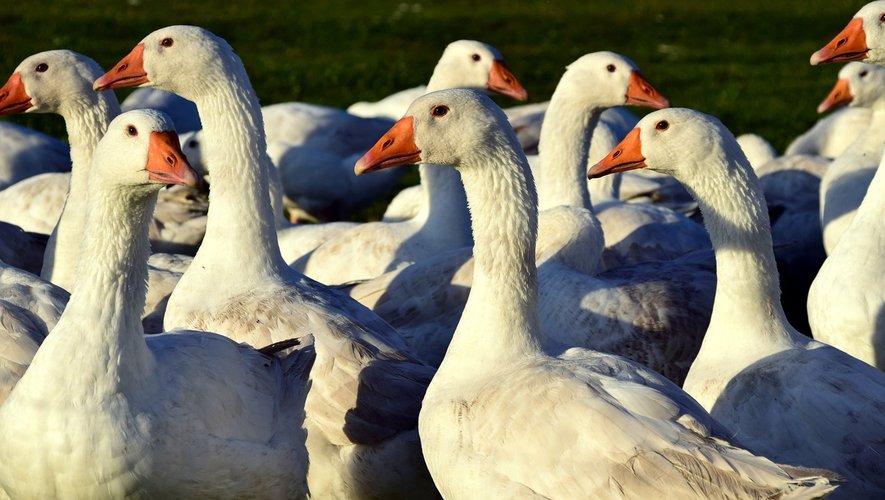After a lull in March, new outbreaks of avian flu have since appeared in farms in the Southwest. The Covars wishes to strengthen prevention and indicates this Monday, June 12 that the virus is in the process of establishing itself permanently in French fauna, in several forms, which makes it more difficult to fight.
Faced with the “real” risks of multiplication of outbreaks of avian flu and of the evolution of the virus which could facilitate transmission to humans, France must strengthen prevention, recommends Covars in an opinion published on Monday.
The Committee for Monitoring and Anticipating Health Risks (Covars), responsible for informing the public authorities, considers that the persistence of the virus and the multiplication of outbreaks “induces a significant risk in human health”.
Read also :
“We are afraid that it will explode”: Val d’Adour, enclaves, avian flu at the gates of the Hautes-Pyrénées
“It’s not about crying wolf,” said Brigitte Autran, president of Covars, at a press conference. A short-term pandemic risk is not in force. Words confirmed by Bruno Lina, director of the National Center for Respiratory Viruses. While he does not rule out a deterioration in the situation, with similar or even increased circulation and a virus adapted to humans, he considers the risk of an epidemic or even an influenza pandemic to be “low”, with transmission between humans from a new virus. The Covars still warns of an increased risk of transmission.
A high risk of transmission
The virus is “becoming endemic in wildlife in France”, explained Bruno Lina. Which means that its risk of transmission to other animals or to humans increases statistically. Of four scenarios considered, the Covars, however, seems to rule out a significant short-term improvement and favor “intense and sustained circulation on national territory, but with a virus that is not very suitable for humans”.
Read also :
Nousty: Avian flu killed the Paule Baylacq cannery
In France and around the world, the highly pathogenic avian influenza (HPAI, the most dangerous category of avian flu) epizootic of 2021-2022 caused “an unprecedented crisis” in farms, leading to preventive slaughter more than 21 million poultry in France, recalls the opinion of Covars.
In addition, “the current resurgence of wild and farmed outbreaks of avian influenza increases the risk of transmission to humans,” he warns. In France, a lull seemed to be looming in March, but new outbreaks have since appeared in farms in the Southwest. If the Hauts-Pyrénées are not the leader in livestock farming in the South-West, the department remains highly concerned, first for the breeders present on the territory (a hundred in 2022 according to the DRAAF) but also for the Euralis slaughterhouse in Maubourget, which supplies brands of foie gras such as Maison Montfort and Rougié.
Intensify controls and prevention
The poultry flu vaccination campaign should start in October, Agriculture Minister Marc Fesneau announced on 5 June. Covars also recommends vaccinating, this time against seasonal flu, breeders and other people in contact with birds, to “limit the risk of recombination between avian and human viruses”.
Animal surveillance must be intensified and include species that can act as viral vectors up to humans, especially farmed pigs. Wild species also need to be monitored more closely. From now on, France is faced with “the persistence of the highly pathogenic avian influenza virus in the environment, despite the joint efforts of health agencies and players in the field”.

